1. Context and introduction
This is the third post of a series of 4 posts, that delves into how to go about planning the interior design of your home from a layman’s/customer’s perspective.
This post focuses on how to choose the right interior designer for your house. It’s not about aesthetics (looks, colours, home décor). Rather, it’s about a structured approach to planning the interior-design activity itself, ensuring that you’ve asked the right questions, assessed your needs, selected the right home interior designer, understood the pros and cons of various alternatives, budgeted prudently and designed your home in a way that optimally addresses your needs.
The home interior-design planning process (HIDPP) structures the home interior design exercise into a 9-step process, each with its own objectives, pre-requisites and outcomes. This post focuses on Step 5.
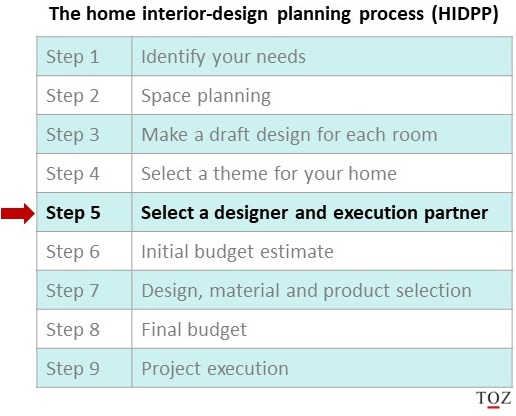
You can refer to the previous steps via the links below:
2. Step 5 – Select an interior designer and execution partner
By the end of this step, you would have selected an:
- Interior-designer for creating the final detailed design of your home-interiors.
- Execution partner for physically building your home interiors as per the design specifications of the detailed design.
In most cases, it is the same person/company that does both of the above.
2.1 Pre-requisites for this step
Having completed steps 1-4, you would’ve arrived at their respective outcomes:
| Step | Outcome |
|---|---|
| Step 1 | Prioritised list of your needs grouped into must-haves and nice-to-haves. |
| Step 2 | 3-4 feasible layout options, storage categories for each room. |
| Step 3 | – Draft design of each furniture piece based on key considerations. – Shortlist of models for appliances, electrical fittings, sanitaryware and other hardware. |
| Step 4 | – Shortlist of themes you would like your home to have. – List of colours/finishes/artistic designs you definitely would like to include or exclude. |
2.2 Is it worth hiring an interior designer?
One of the biggest dilemmas people face, is whether to hire an interior-designer or design and manage execution on their own through partners (carpenters, plumbers, electricians, etc.). Some people don’t have the time and prefer paying for an expert, while some question the value designers bring in and worry about inflating costs. And frankly, there is no right answer to this – it all depends on your own time-commitment, knowledge level, aesthetic sense and budget constraints. I have taken both routes for different houses and will share you the pros and cons of each.
2.3 Option 1 – Designing and managing execution on your own
2.3.1 Designing on your own
Designing on your own is better if you:
- have a fairly good aesthetic sense, and understand themes and colours quite well
- have a good understanding of materials used in building furniture
- are able to commit time to the designing exercise
- are already clear about what you want and not interested in looking at other options
- plan to buy most of your furniture from stores
- know reliable partners who can give you expert inputs on the feasibility of your design
You could save some money by designing on your own. However, you are responsible for any errors in design, which may prove costly if realised later during execution.
If you are happy with the layouts and designs you have arrived at through steps 1-4 and want to execute them, then you could consider detailing them further with exact measurements and creating a final design. However, before getting into execution, I’d suggest getting it reviewed by a couple of experts for feasibility.
2.3.2 Managing execution on your own
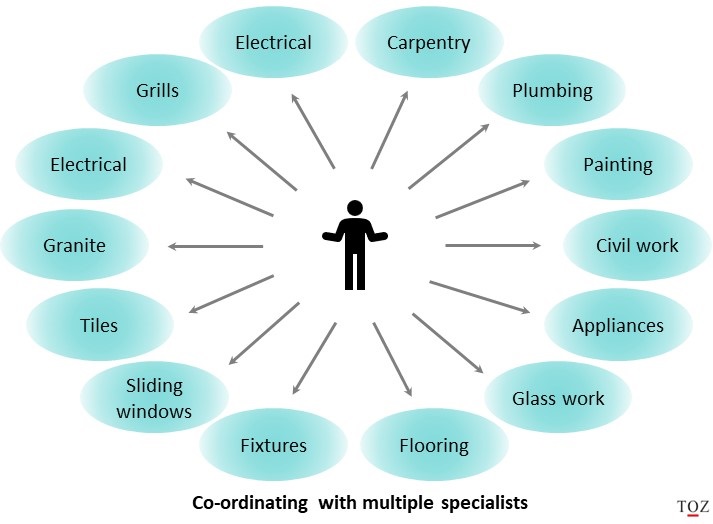
Execution is a complex and time-consuming activity – you will have to personally interact with different partners / vendors / specialists and manage all their inter-dependencies. And the list can be quite long – there are specialists for carpentry, plumbing, tiling, electrical, civil work, product, glass, false ceiling, grills, sliding windows, curtains etc. Secondly, it’s important that you have access to a reliable set of partners who have the competency and experience to bring your specific design to fruition.
Managing execution on your own will require a significant time commitment from your end.
If you are pressed for time or want to avoid the co-ordination effort for execution, you could hire a designer to do a feasibility check on the design you’ve created, and then proceed with him/her to execute it.
Personal experience:
In one of our previous homes, we decided to design and manage the execution ourselves. Since the scope of work was less and the design we wanted was quite basic, we were able to save some money on design. But managing the execution was a real headache. Looking back, it was not worth our time and we would’ve been better off hiring someone for it.
2.4 Option 2 – Hiring a designer and execution partner
Hiring a designer is better if you:
- are not comfortable taking design, material and aesthetics-related decisions on your own.
- have a busy schedule and are unable to devote much time to detailed design and execution.
- want to see more design options in addition to those you that you have already identified.
- plan to get more custom-made furniture than buy readymade ones from stores.
- don’t have access to reliable partners.
2.4.1 Pros of hiring a designer
2.4.1.1 A professional perspective
The knowledge, expertise and experience a designer brings in will always beat that of a layman on many fronts:
- Feasible designs – An error in design can be very costly, especially if realised halfway through execution; be it a door that doesn’t close or space that cannot be accessed. Designers are aware of design areas that are prone to errors and take special care to ensure that the design created can be practically executed.
- Design options – Good designers always stay abreast of the latest design trends. They can create the right set of design options that address your utilitarian needs as well as match your aesthetic sense.
Personal experience:
We wanted to have ventilation in the shoe-rack we were getting custom-made. The common approach to ensure air-circulation is to either have a big hole on the back, or have smaller holes in the form of a design (like a ‘Jaali’) on the shutters. As ours was going to be fixed against a wall, the first option was ruled out. We weren’t keen on having holes on the shutter as they tend to collect dust and the look would not align with the overall theme of our house. Our designer came up with a novel idea of leaving a small gap at the lower end of the shoe-rack between the carcass and the shutter. The concealed gap would ensure ventilation while not being visible. It was a simple solution that achieved our utilitarian need of ventilation, while ensuring the shoe-rack matched the aesthetics of the house. To top it all, it didn’t cost anything extra to execute this.
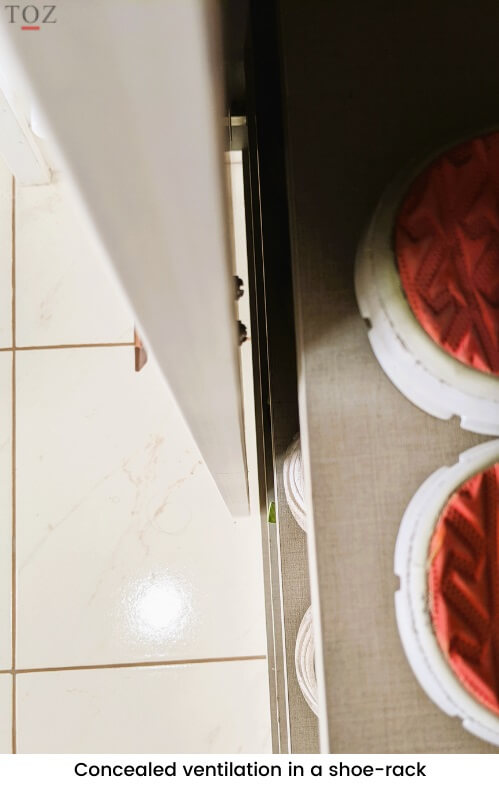
- Better space utilisation – Be it a room or a furniture item, designers know how to utilise space more effectively. They can come up with design alternatives or identify fittings that utilise space efficiently or increase storage capacity.
- Wider material selection – Materials, coatings and finishes for manufacturing furniture and other items of home interiors are constantly evolving. Designers keep track of these and are able to suggest which ones to consider based on the intended use of a particular piece of furniture.
- Save money – It may sound ironic, but a designer can help you save money by selecting materials / fittings / products that adequately serve your needs and avoiding expensive items that add little value for that price.
2.4.1.2 Single point of contact, less hassle
Designers act like a single point of contact for all your needs, while they interact with different vendors / specialists. It frees you up from the administrative hassle, so you can focus on more important things.
2.4.1.3 Access to a professional network
A key advantage of hiring a designer is the access you get to the wide network of specialists they have for carpentry, plumbing, tiling, electrical, civil work, product, glass, false ceiling, grills, sliding windows, curtains, etc. This is especially useful when you have needs that require special expertise, like setting up smart-home infrastructure or executing a complex design.
Personal experience:
As we have a child at home, we wanted put grills in our balcony as a safety measure. However, traditional grills take away the open feel of a balcony and are also not visually appealing. Our designer reached out to a specialist vendor in his network who installs something called ‘invisible grills’ (we’d never heard of it before). These are essential very thin steel wires (just 2mm thick) that are fixed in the balcony instead of grill. The 316-grade steel used in these wires have very high tensile strength and keep kids and pets safe, while you get an obstructed view of the outdoors. Looking back, it was a good choice.
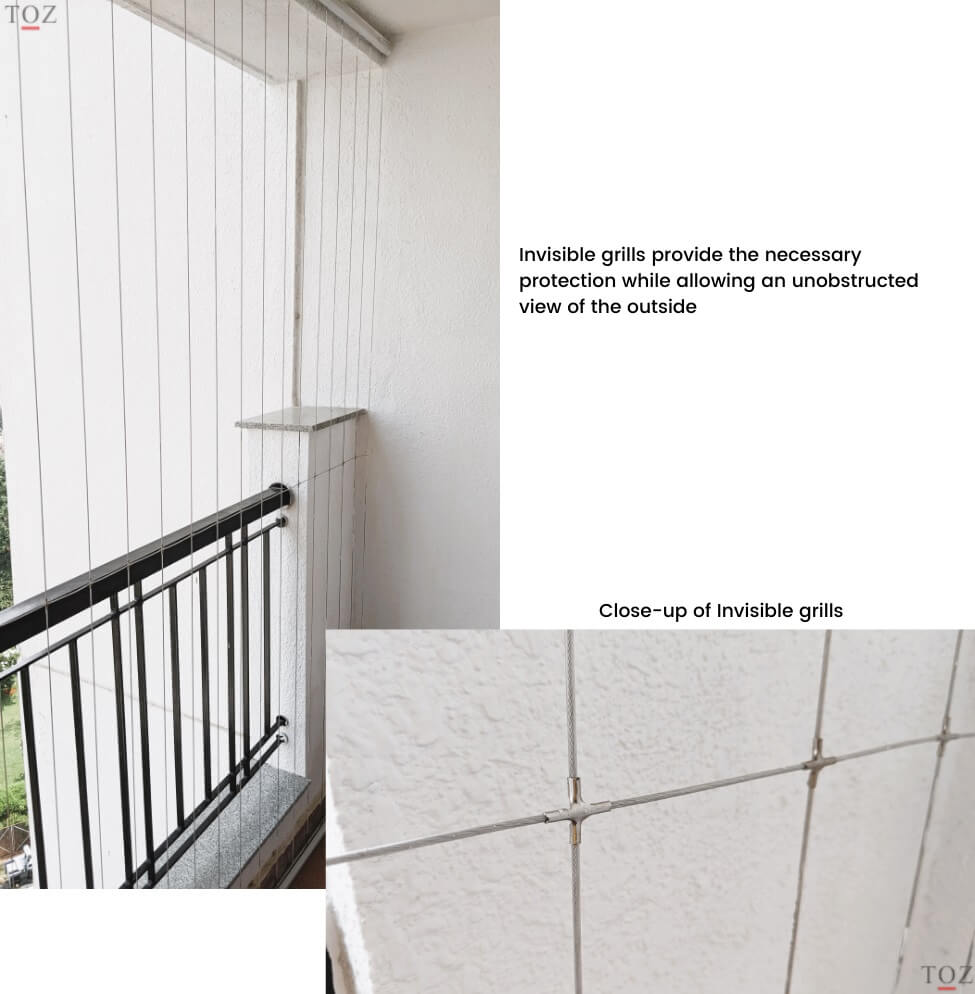
2.4.2 Cons of hiring a designer
Additional cost – When you hire a designer, you pay not just for design expertise, but also for the co-ordination effort and their professional network. Charges can vary a lot and so can charging models. Designers charge for their time, so if your project is not planned well or is delayed for some reason, your costs could spike significantly.
2.4.3 Practical challenges in hiring an interior-designer
2.4.3.1 Finding a competent designer
A lot of the designers are those who started off as carpenters, did very well and then expanded into designing as well. Unfortunately, many of them don’t invest sufficiently in developing their designing abilities. It’s common to find large interior design companies with several “designers” who have little clue of designing. A lot of them don’t even understand the basics and try to force-fit their fixed set of designs into each customer’s project.
2.4.3.2 Finding an honest designer
There are always a few bad apples in every industry and getting stuck with one of can cost you heavily. As a customer with little awareness of the space, designers have plenty of scope to con you. The lesser you know, the greater their scope to con you. Being a layer between you and the specialist / vendor, they can add fat margins without you even knowing about it. A lot of them will start by asking you your budget and extract the maximum margin while delivering very little. So it helps to do your homework in advance.
2.4.3.3 Finding a designer with a design sense that you like
Design is not just about efficiency of space usage (which can be measured), but also about aesthetics. Finding a designer whose design-sense matches yours, or is able to suggest designs that suit your taste can be a challenge. Designing every aspect of a house based on a specific theme requires expertise and willingness to experiment. It’s common to find designers who are not willing to step out of their comfort zone; they prefer to stick to the same old designs that you see all around.
2.4.3.4 Focus on high margin items
- A lot of designers focus on high margin items like the kitchen cabinets and wardrobes. When it comes to other areas, some of them purposely don’t innovate much so that you assume this is the best you can get, and agree to implement it.
- Some designers will have their own factories where they will produce specific items (like cabinet shutters) that they sell to other designers and vendors as well. Selling it directly to you helps them maximise their profits as they don’t need to pay any commissions. Some designers may try to push those products hard and make you opt for them, even if they aren’t right for your home.
2.4.4 Types of interior-designers
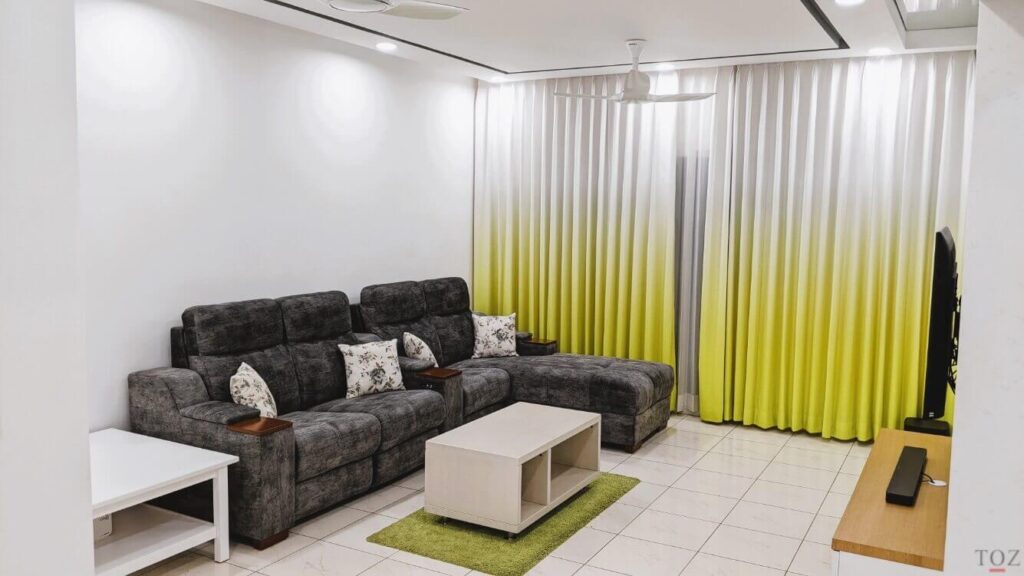
It is important that you understand the business setup of each designer, know the risks and benefits of each type of setup and take a call accordingly.
There are 3 types of designers:
- Freelance/Independent designers (with or without partners)
- Designers with in-house setup (customisable designs)
- Designers with in-house setup (fixed designs)
Let’s understand each of them in some detail along with their pros and cons.
2.4.4.1 Freelance/Independent designers (with or without partners)
- These designers either take up only designing, or also execute the project as well through their network of partners.
- Pros – Such designers generally have studied design from renowned institutions, have good industry experience and are highly competent in terms of designing ability. I found that such designers are generally quite passionate about their work and go the extra mile to come up with really impressive designs. They can customise furniture exactly as per your needs.
- Cons – Sometimes the partners they work with, may in-turn have other commitments with other designers. A lot depends on your designer’s personal connect and contractual relationship with their partners. If the partners choose to re-prioritise their work midway through execution, your project could get delayed due to the partner’s unavailability. Switching to a different partner midway can lead to consistency issues. For example, different carpenters could use different fastening mechanisms to build the same cupboard. Using 2 different mechanisms in the same cupboard can lead to load bearing imbalances and may adversely affect the structural stability and longevity of the cupboard.
In an ideal scenario, you would want such a designer who has a long-term relationship with a dedicated set of partners who work exclusively on his/her projects.
2.4.4.2 Designers with in-house setup (customisable designs)
- These designers have their own factory setup and a few in-house specialists. (Carpenters, plumbers, electricians, etc.). For the remaining specialists, they sub-contract to their partners. Keep in mind that having all specialists in-house is financially infeasible. For example, granite-work, woodwork and glasswork are very different industries, and it’s financially and operationally more efficient to sub-contract than have it all under one roof.
- Pros – Such designers can customise furniture exactly to your needs. With lower dependency on external partners, chances of delay are lower as the designer controls how his/her resources are deployed. The benefit of having a function/specialist in-house is the uniformity in the way things are executed. For instance, all carpenters will use the same fastening approach for building a wardrobe. So, even if a carpenter is unavailable midway through building a wardrobe, the next one can pick up from where the first one left off and complete building the wardrobe using the same approach.
- Cons – A lot of these firms are run by people who started off as small carpentry stores and grew from there. Unfortunately, a majority of them are averse to developing new designs. They prefer to continue their tried and tested approach of making money, i.e., by repeatedly making same/similar furniture but at a larger scale, rather than experimenting with new designs.
There are a few such designers that see the value in building design expertise in-house – they employ competent designers and invest in staying updated. If you can find one of them, you are in good hands.
2.4.4.3 Designers with in-house setup (fixed designs)
- Such interior-designing firms have a fixed set of designs for each furniture type; you need to choose one from that set. For example, you would have to choose one of the 3 designs of a shoe-rack they may have. They don’t do any design-customisations. Variations, if any, are limited to size changes so that it fits your room. A lot of these firms use a franchise model to scale their business.
- Pros – As the designs are fixed, they can manufacture furniture at a larger scale. In case of franchise models, a lot of their sourcing and operations are centralised. This kind of scale allows them to offer lower prices for the same product as opposed to designers that make custom designs. With lower dependency on external partners, chances of delay are lower.
- Cons – You get only a few design options and there is little scope of customisation. The “designers” employed in such a setup are more like co-ordinators than designers in its true sense. Sometimes they agree to customisations and bungle it up afterwards during execution. So in case you opt for such a firm, it might be better to stay away from customisations even if they offer to do so.
Such designers are ideal if you like their fixed designs as-is and not looking for any customisations other than size.
2.4.5 How to select the right interior-designer
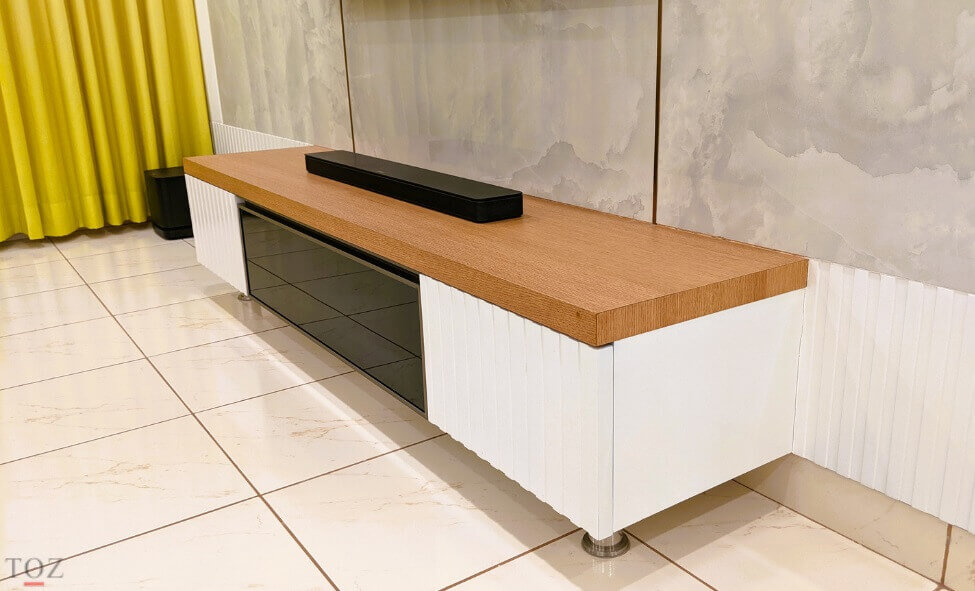
2.4.5.1 Do your homework
Complete steps 1-4 of the home interior-design planning process. The clearer you in articulating your needs to a designer, the better and meaningful their proposal will be. Your designer may subsequently come up with a new layout or design, but having done your homework well, you will know what to look out for to assess it well.
2.4.5.2 Consider these factors when comparing designers
- References – This is by far the most important factor. Given the challenges in finding the right designer, I would recommend going with one who has been personally recommended to you.
- Consider the type of designer as I explained above.
- Rates
- Share the layout of your house and your needs to the designer and request for a quote. Provide the exact same inputs to all the designers, so you can compare the proposals easily.
- Keep in mind that a designer with high rates need not necessarily come up with the best designs. Similarly, don’t assume big brands will automatically be better than the smaller ones.
- Understand the rates from their quotes. For example, cupboard rate assumes which build material, what kind of shutters, which type of coating / finishing (laminate/veneer/paint), how many drawers.
- Understand the designing charges – typically it is 5% of the project cost but can be higher based on their expertise.
- Ask for actual pictures of house they have designed before, not the ones generated on a computer software. If possible, try to visit physically visit a few of these houses; you will get an idea of the quality of their finishing.
- Look at their payment schedule and terms. I wouldn’t recommend going for a firm that takes a large chunk of money right in the beginning.
Outcome of Step 5
Identify the top 2-3 design and execution partners with their respective quotes/proposals.
It possible that your selected designer’s design-sense may not suit you when you get into detailed design subsequently. So it’s better to have a backup.
If you are going for separate design and execution partners, have a meeting with both of them together, so that they are aligned and there are clear protocols on how they will work with each other. This avoids finger-pointing in case there are issues later, and they will collaborate with each other to overcome hurdles they may face.
3. Conclusion
Finding a good designer is crucial. Find the right one, and you could have a house that’s convenient, aesthetically pleasing and comfortable to live in, without spending a bomb on it. Get the wrong one, and it could all go the other way. But with the pointers that we discussed above, you’re better equipped to select the right designer for your home.
Have questions or queries?
If you have any questions, feel free to mention it in the comments section at the end of this page; I will do my best to answer them. Please allow a few days for me to respond. If I (or any other reader) can answer it, then good. If not, atleast it will be something for the next reader to keep in mind. In case you have any learnings or experience to share, do mention it there for the benefit of other readers.
Having finalised on your design and execution partners, we move to step 6, that focuses on creating an initial budget estimate – an important step that ensures that you don’t have any surprises later.
The next post explores the steps 6-9 of the home interior design planning process: Budget, design, material selection and execution plan.
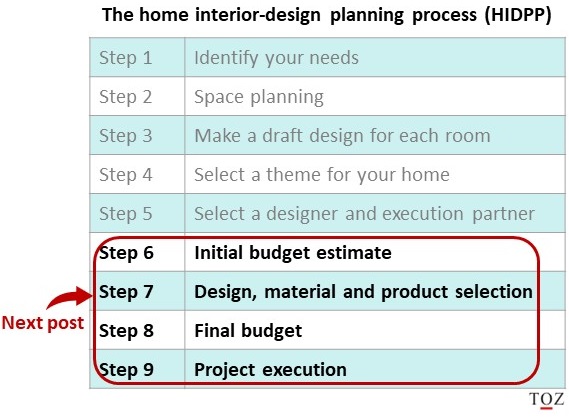
Share this post:

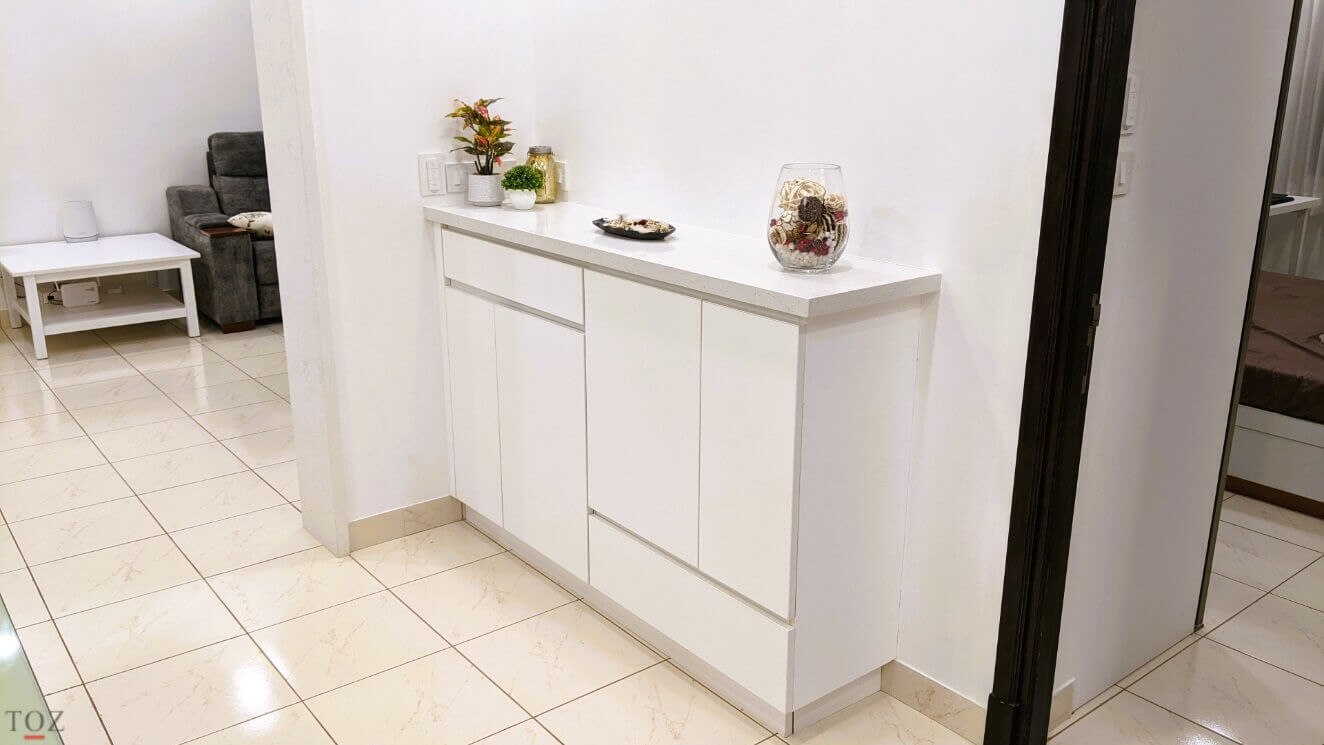
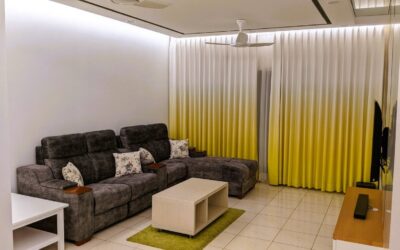
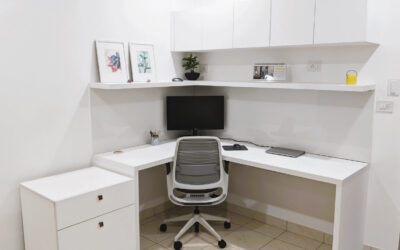
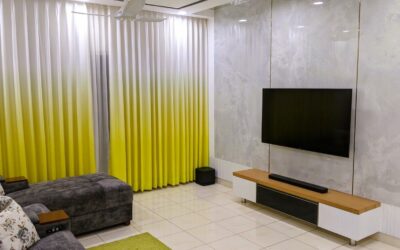

Wow nice content you posted. Thank you very much
Thanks Uday.
Pradip, your methodical approach to interior design is refreshing and much needed in an industry that often feels chaotic. The point about finding a designer who matches your design sense is so crucial. I have struggled with this a lot in the past.
Thanks Chandana. A lot of people get carried away in their excitement and forget to focus on the critical things that matter.
Overall, it was a nice post and What I like the most is you mentioned the importance whether Is it worth hiring an interior designer or not ?